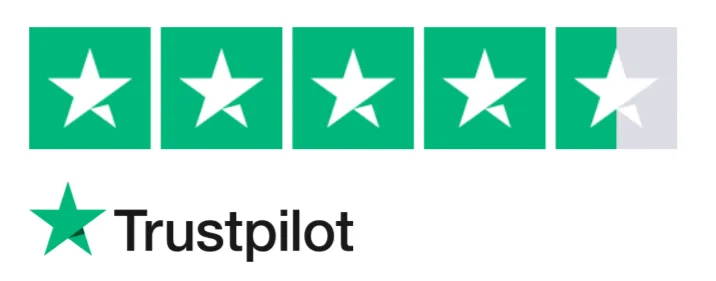Dynamic OCR: advanced document data extraction
Dynamic OCR is our most advanced technique for extracting data points from documents. It can dynamically find fields that move or change in size from one document to the next.
When do you need Dynamic OCR?
Use Dynamic OCR when you have documents with a similar layout but with fields that can either move or change in size.
Field position is variable
Tables or optional fields are the main reason leading to a layout shift that causes fields to move in a document.
-
After Tables field
- Tables with a variable number of rows often lead to a shift of the layout below them.
-
After optional fields
- Optional information such as the "address 2" line in an address or a customization option like the size or the color of an item can also lead to a shift of all information below it.
Field size is variable
Often, your fields are constrained to a fixed area on the document. But sometimes they are not, like for multi-line comments or multi-row tables.
-
Variable number of table rows
- Because the number of rows in tables can change, the size of the table field will change too. You need to be able to tell the tool where to stop the table.
-
Variable number of lines
- Fields that capture free-form text like comments or notes can span a different number of lines. Your data extraction tool needs to be able to understand where the field stops.
How does Dynamic OCR work?
Dynamic OCR introduces the concept of labels. A label is a piece of text on the document that will serve as an anchor for positioning your field. Instead of having your field at a fixed position on the page like in Zonal OCR, Parseur will first locate the label and then use the label's position to locate the field relative to it.
-
1
Create a Label
- Draw a box over a piece of text you want to use as an anchor and click Create Label.
-
2
Create a field and make it relative to the label
- Draw a box over the data you want to capture, name the field, and select the label you created in the options to tell Parseur that the field position is not fixed but relative to the label position.
-
3
Create a closing label (optional)
- If your field can change in size, you can also create a second label below the field and use it as a closing label. Parseur will use your first label to find the start of the field and the second label to determine the end.
-
Repeat
- Repeat the operation for every field, and you're done. Different fields can share the same labels. Labels, like fields, can be declared optional or mandatory.
The Most Intelligent Document Processing Software
Dynamic OCR, along with the rest of our data extraction features, makes Parseur the most versatile data extraction platform for documents.
Best-in-class OCR software
Parseur OCR accuracy is the best on the market. It supports most languages, including handwritten, and is blazingly fast.
Powerful template engine
Extract data from various layouts by creating multiple templates and using automatic layout detection.
Zonal OCR
With Zonal OCR, extract text from fields that are at a fixed position on every similar document.




